Authors:
ABSTRACT
Aim
The purpose of this study was to analyse the craniofacial and dentofacial skeletal characteristics in untreated subjects with Class II, division 1 malocclusion by mandibular retrusion and to identify different types and their prevalence.
Methods
In 152 subjects with Class II, division 1 malocclusion by mandibular retrusion, the differences were determined by lateral cephalograms analysis of variance and chi-square test, respectively. P<0.05 was considered significant. Seven types of mandibular retrusion were identified: three pure, dimensional, rotational and positional, and four mixed.
Results
All patients showed significant inter-group differences with P between 0.005 and 0.001. The dimensional type was the most common (28.9) and the rotational-positional type was the rarest (5.9). The pure dimensional type had the shortest mandibular body; the pure rotational type had larger SN/GoMe and the lowest AOBO; the pure positional type presented the flattest cranial base, high AOBO. In the mixed types, dento-skeletal features changed depending on how the main types assorted. CONCLUSIONS: Identifying the type of mandibular retrusion is important for differential diagnosis in clinical practice and research.
PLUMX METRICS
Publication date:
Keywords:
Issue:
Vol.13 – n.3/2012
Page:
Publisher:
Cite:
Harvard: L. Perillo, G. Padricelli, G. Isola, F. Femiano, P. Chiodini, G. Matarese (2012) "Class II malocclusion division 1: a new classification method by cephalometric analysis", European Journal of Paediatric Dentistry, 13(3), pp192-196. doi:
Copyright (c) 2021 Ariesdue

This work is licensed under a Creative Commons Attribution-NonCommercial 4.0 International License.
